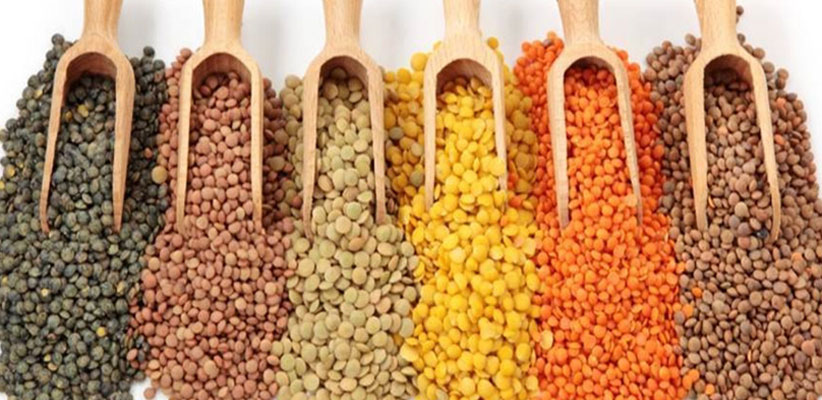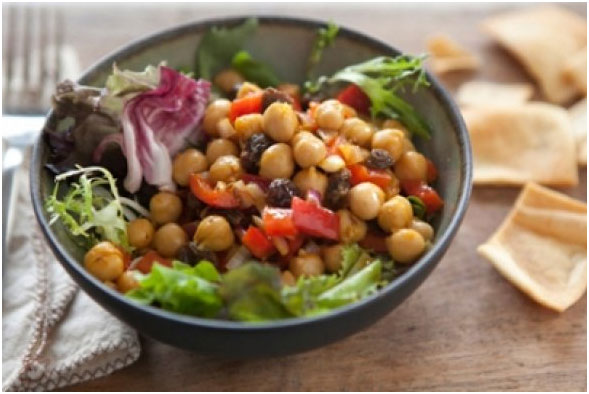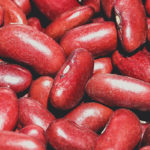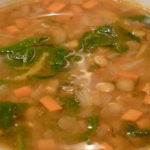
Traditionally, very few meals can promise you as much powerful load of vital proteins as much as pulses offer you. For that category of persons who are looking for healthy alternative ways to source their proteins outside dairy products, fish and meat – pulses represent a very lovely option.
Pulses are powerhouse proteins not only for the vegetarian dieter, even meat-eaters could adequately complement the amount of protein they get with addition of pulses to their meals. Not necessarily for the fact that pulses consolidate the amount of proteins in your meals, it brings an uncommon delicacy to your meals as well. The distinct flavor that come with pulses are simply mindblowing; making you always go for more and more. You can further embellish the taste of your meat sauces, your sauce and even your casserole with the addition of pulses.
Going further on the nutritional side, we see that pulses are very great source of essential minerals like iron. More than this, pulses are famous for their healthy composition of fiber being a starchy food. Such fiber would be of immense advantage in reducing your susceptibility to type 2 diabetes and other heart diseases. Having seen all these impressive beauty of pulses, you may be wondering how you can rightly cook them and then possibly safely store them.
Now in most normal cases when you get your pulses for home consumption, they could be dried, in other cases, they could be tinned. Talking about tinned pulses, tinned pulses are such that they have been cooked (and soaked) before. Thus there is almost no need to go through the repetitive process of soaking and cooking them again. Rather it is all quick. You could simply heat them up straight for consumption. If you are however using them cold, then you can directly insert these tinned pulses into your salad.
However when you get your pulses in the dried form (not tinned), then it could be necessary to soak them and cook before you ingest them. Looking more particularly at the health dimension, you would see that dried pulses as in the case of dried soya beans (and its colleagues like dried kidney beans), they are composited of toxins. Thus it is a strict health precaution that you take good time to adequately cook them before eating. Don’t forget, not all dried pulses have the same cooking range before eating. The span of cooking could depend more on the type of pulse especially how old the pulses are. On a general, it is safer adhering most times on the instructions stipulated on the packet of the pulses you got or the recipe.
As earlier said, kidney beans for example have toxins naturally known as lectin. This lectin wouldn’t be the best company your body can have as it is notorious for triggering stomach upsets and reprehensible vomiting. Therefore it is important you cook your kidney beans well before eating. May we now look at the procedure for cooking? Alright, for this category of dry kidney beans, make sure to soak the beans in water first for a minimum of twelve hours. After that extensive soaking period, you can then drain the beans and possibly rinse them. After this, immerse them in fresh water. Following all these procedures, you can go on to boil the beans under intense heat for say 10 minutes after which you can simmer your beans for approximately an hour so as to make them soft.

Moving over to soya beans, dry beans contain a toxin again called trypsin inhibitor. This toxin has the negative potency to disrupt your digestive process hence the need to avoid a frivolous cooking process. Just like your kidney beans, it is important you first soak your soya beans for over ten hours after which you can cook for about sixty minutes followed by simmering for about 3 hours to make them soft.
Storing your cooked pulses, it is essential you don’t abandon your cooked pulses at room temperature for over 60 minutes. If you leave them more than this span, there is the candid possibility that bacteria composition would spring up. In the case where you preserve your cooked pulses in the fridge, make sure they don’t elapse over three days before you eat. You can however keep your pulses for a lengthy period of time so long these pulses are well frozen. But don’t forget if
pulses are extensively frozen, it could affect the texture as well as the taste.
Now you have seen pulses as well as how you can preserve and eat them. Adascan remains a reputable exporter of all pulses and grains. Our quality and reliability can never be contested.




Comments are closed.